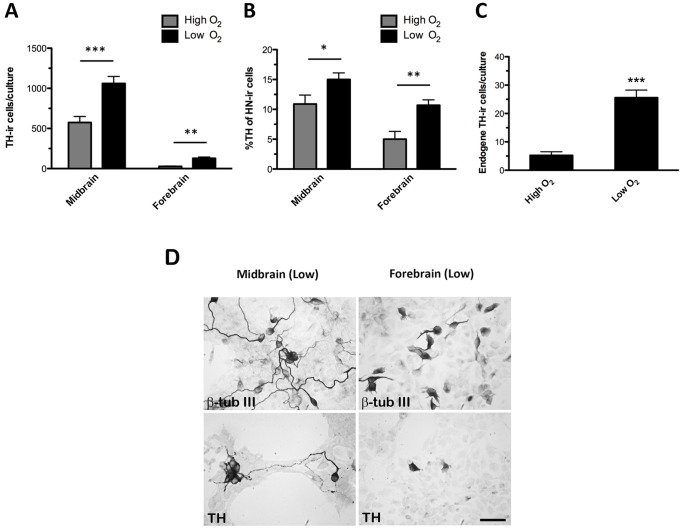Figure 8. Quantification of exogenous and endogenous tyrosine hydroxylase (TH)-immunoreative (-ir) cells in striatal slice cultures.
Pre-differentiated (sequential addition of FGF8, Shh, GDNF, Forskolin) midbrain and forebrain-derived neural stem cells (NSCs) were microtransplanted into mouse striatal slice cultures (1000 cells/slice) and grown for 13 days in vitro (DIV) at high (20% O2) or low (3% O2) oxygen tension. Quantification of the number of TH-ir cells revealed a significantly higher number of TH-ir cells in midbrain or forebrain cultures grown at low as compared to high oxygen tension (A). For both cell lines, the relative proportion of TH-ir cells was significantly higher for cultures grown at low as compared to high oxygen tension (B). The number of endogenous TH-ir cells in non-grafted slice cultures grown for 14 DIV was significantly higher when exposed to low as compared to high oxygen tension (C). Data are expressed as means±SEM (n = 13–34 (TH), two independent experiments; n = 17–19 (endogenous TH), two independent experiments; ***P<0.001,**P<0.01,*P<0.05). Representative microphotographs of midbrain and forebrain adherent cultures pre-differentiated for 4 DIV (D). For both the midbrain and the forebrain cultures, numerous cells expressing the early neuronal marker β-tubulin III (β-tub III) were seen. Few TH-ir cells were found in all cultures, but whereas most midbrain TH-ir cells had started to develop processes, most forebrain TH-ir cells still appeared very immature. Scale bar = 50 µm.

